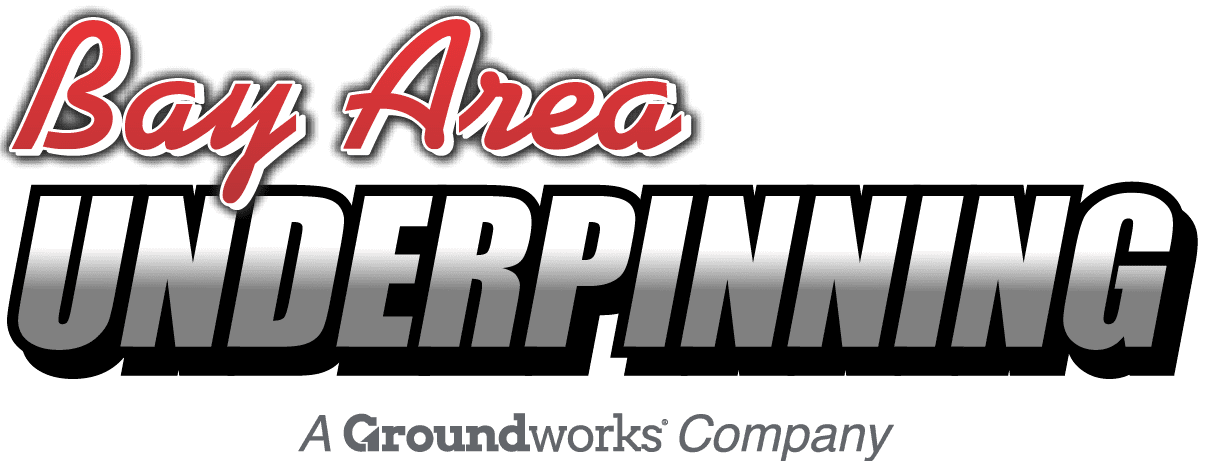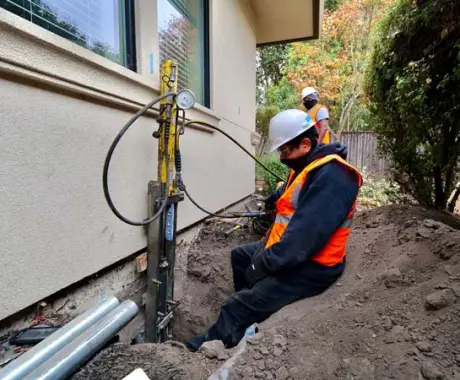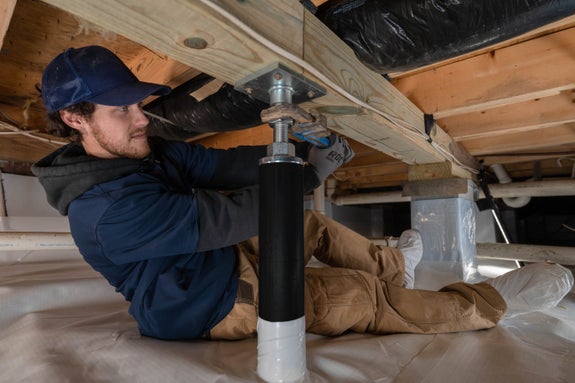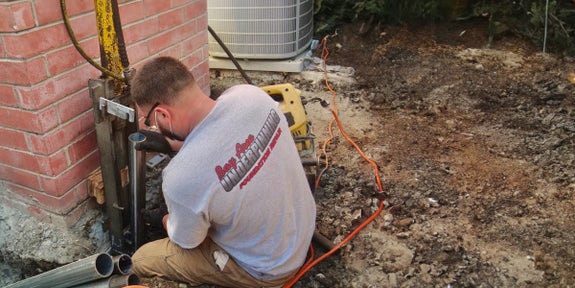Drilled Concrete Piers
If you live on a hillside and you’ve noticed your floors are sloping, you’re having trouble opening windows and doors, or maybe small cracks are forming in your drywall, there may be movement in your foundation that can be fixed using drilled concrete piers.
Foundation movement on a slope usually requires stabilization via drilled, cast-in-place concrete foundation piers. This is because the soil underneath homes built on slopes will, over time, migrate downhill. This phenomenon is called “soil creep,” and it can cause foundation settlement and lateral movement. Concrete piers – drilled deep down into the bedrock – are the best way to stop lateral movement.
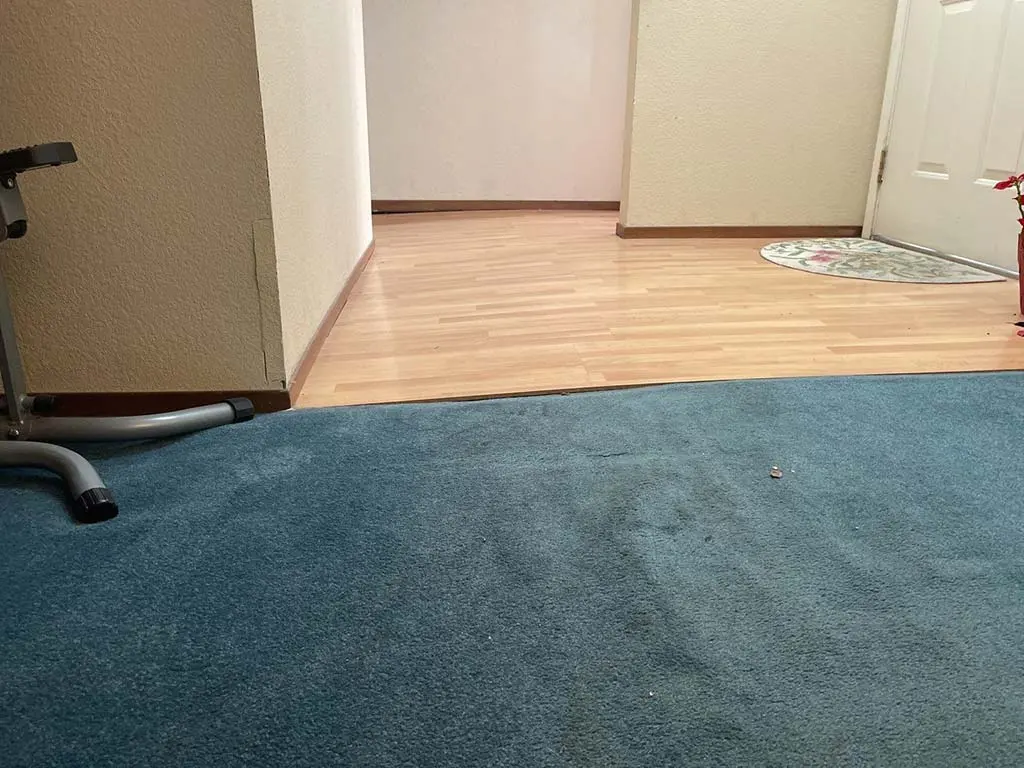
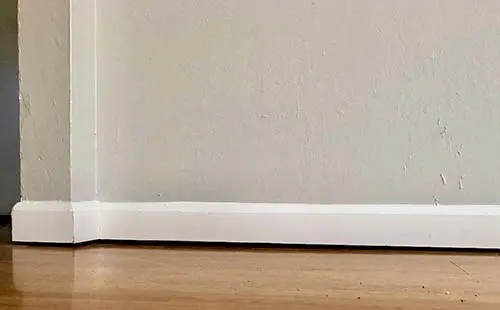
What are drilled concrete piers?
Drilled concrete foundation piers are both a way to build a deep foundation system for new construction projects and a foundation repair solution for settled foundations.
The process involves drilling holes into the bedrock, placing large steel reinforcement cages into the holes, and then pouring concrete into the holes to complete the piers.
Other names for them include caissons, Cast-In-Drilled-Hole (CIDH) piles, cast-in-situ (DCIS) piles, drilled shafts, and bored piles.
When are they used?
A concrete pier foundation is used when there are, or will be, lateral forces (i.e., horizontal) pushing against the foundation, when there’s expansive soil, the potential for soil uplifting or soil erosion, and when the upper layer of soil isn’t very strong.
Applications for drilled concrete piers include,
- Deep foundation systems for both buildings and bridges
- Retaining walls
- Foundation repair for settled foundations
- Slope stabilization
- Seismic loading
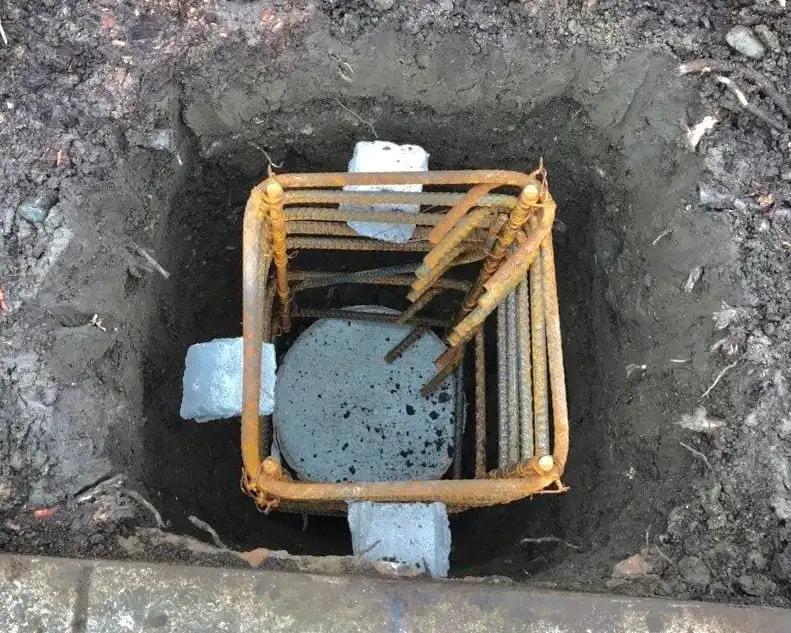


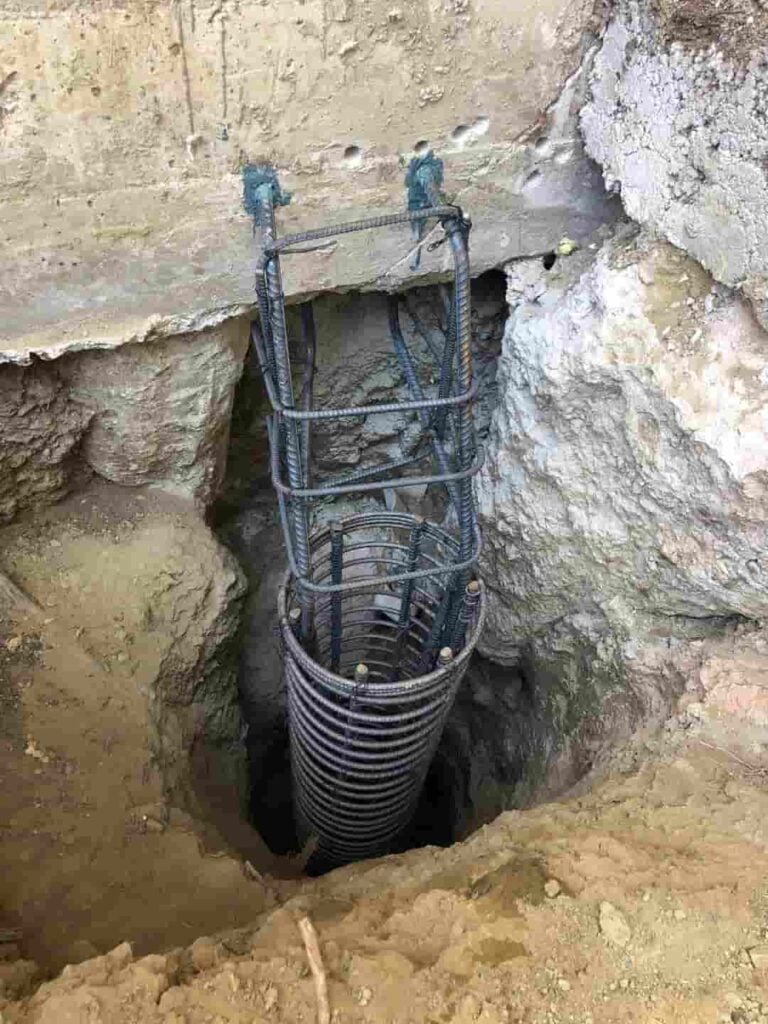


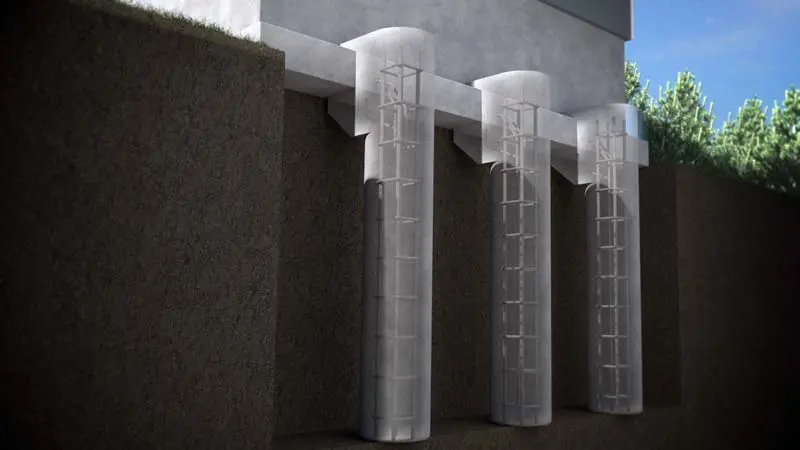


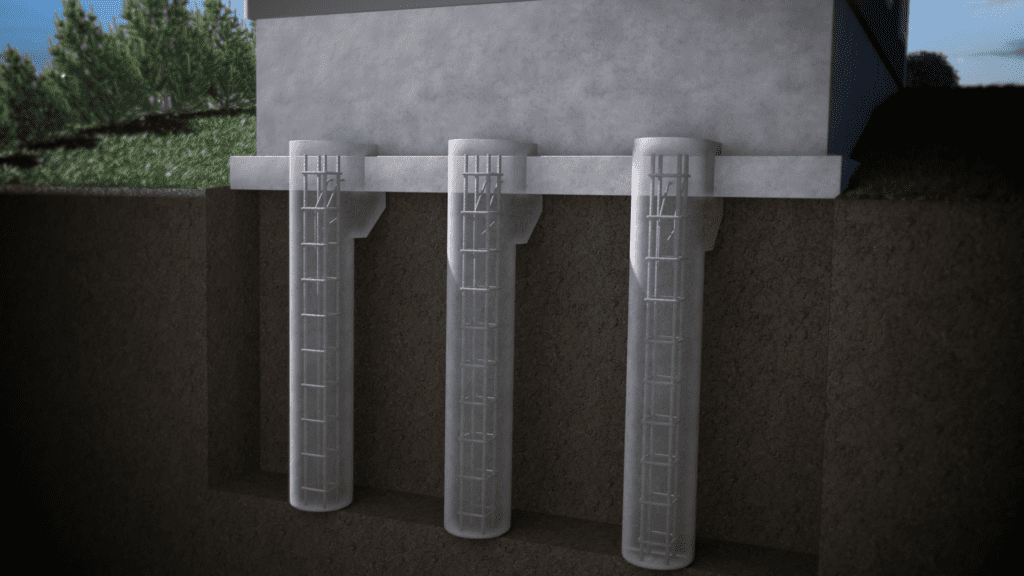


In what type of soil can they be installed?
Drilled concrete piers can be installed in virtually all types of soil – both above and below the groundwater table – including expansive clay soil, sandy soil, rock, soil containing cobbles, areas with karst, collapsible soils, compressible soils, and soils prone to liquefaction.
Advantages of drilled concrete piers
The advantages include,
- They can easily support large lateral and axial loads.
- They can be installed in both soil and rock.
- Installers can construct piers of any size and depth on the job site.
- Holes can be visually inspected after they’re drilled.
- They’re good for construction in expansive soils.
- They’re strong and able to handle both seismic and wind loading.
- They’re reliable.
How are drilled concrete piers installed?
1. An auger drill is used to drill a hole usually 12-24” in diameter next to the foundation at a depth that has been pre-determined by the geotechnical engineer, usually from 10 feet to 35 feet deep.
2. A rebar cage is inserted into the shaft to provide reinforcement for the new concrete pier.
3. Fresh concrete is poured into the shaft to complete the foundation pier.
4. Once the new pier is poured it takes approximately 28 days to cure, and then can be relied upon to resist both lateral stresses and vertical loads.
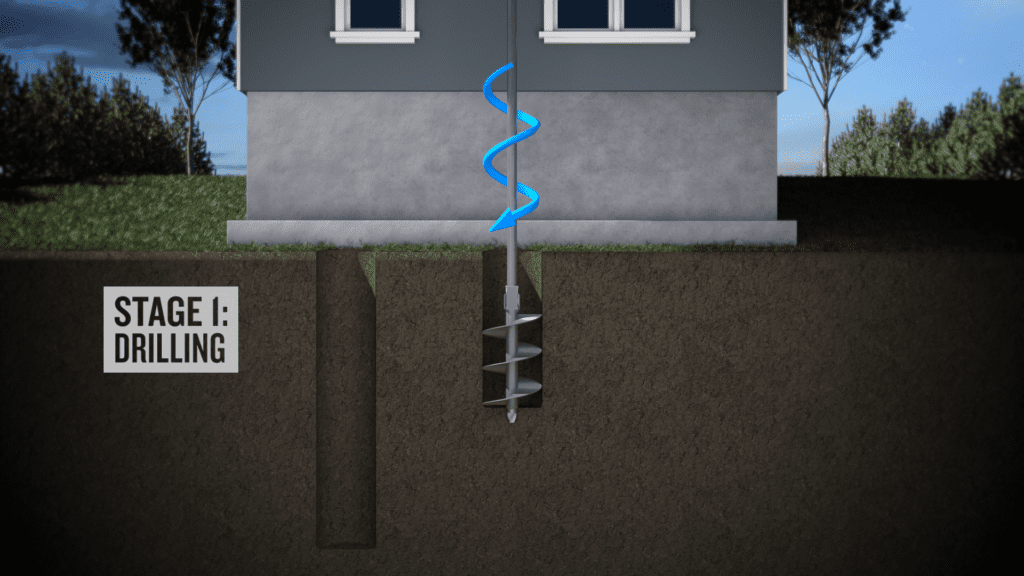


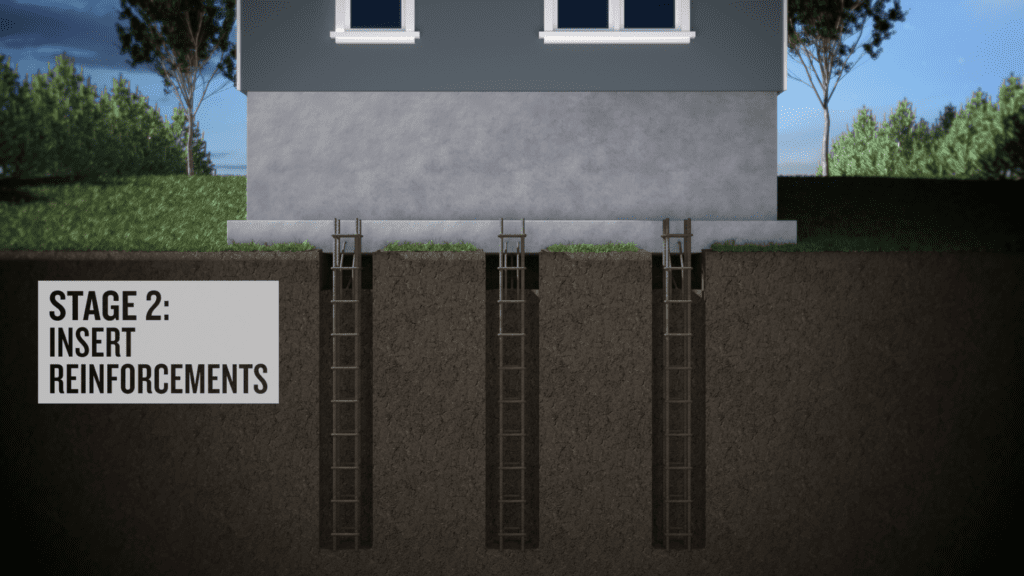


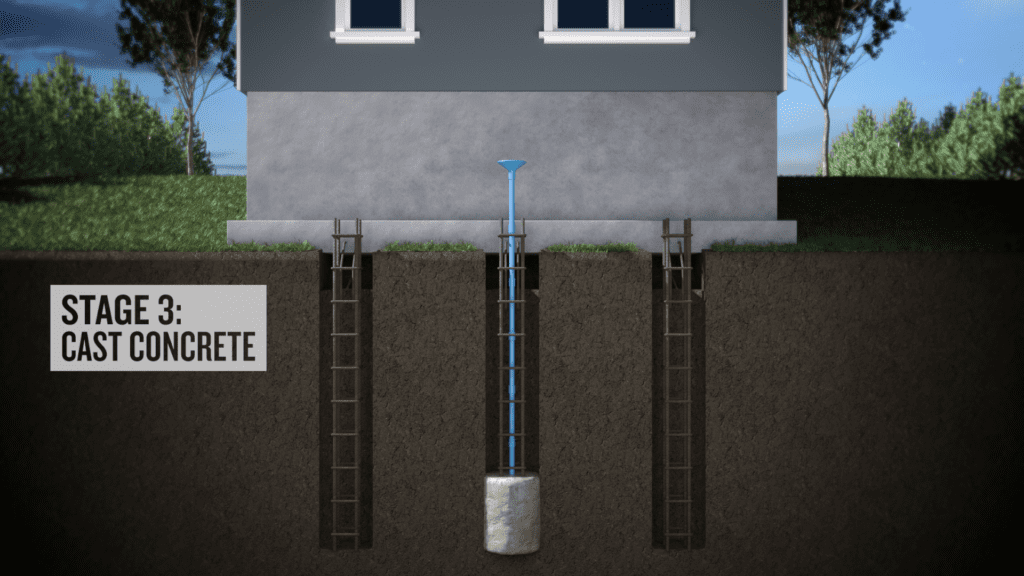


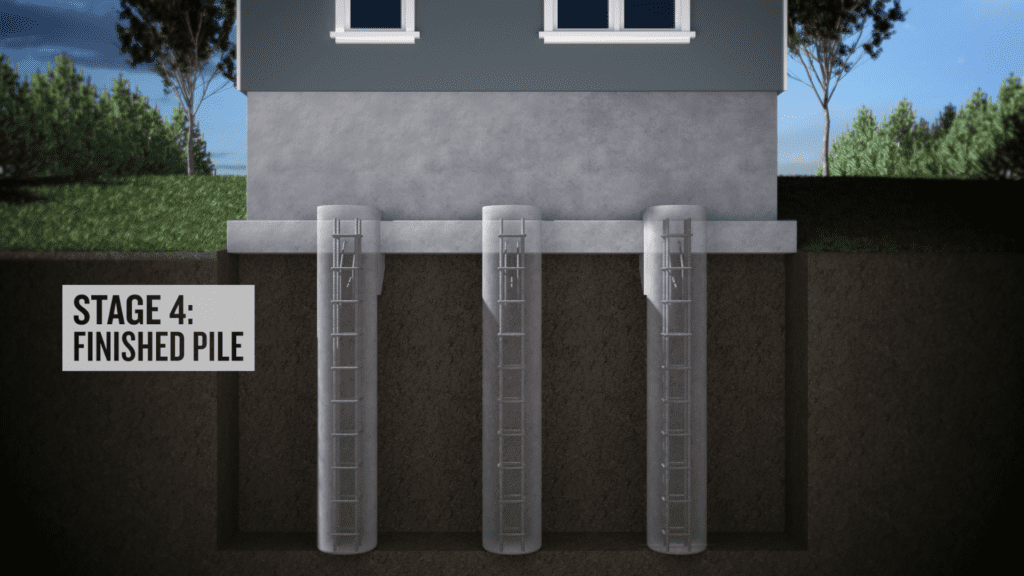


How much do drilled concrete piers cost?
There are many factors that go into the pricing including access, reinforcement design and the actual material that is being drilled into. However, average costs for drilled concrete piers on residential homes range from $4K-$7K per pier.
If you’re in northern California contact us for a free inspection and estimate.
We work with many different geotechnical engineers and would be happy to provide you with a recommendation. Our in-house engineers work with the geotechnical engineer to provide you with the most cost-effective solution to repair your settled foundation.
If you’re in our service area, contact us today for an inspection and free estimate. We’re licensed and BBB Accredited.
Publish Date:
Last Modified Date:
Explore more solutions
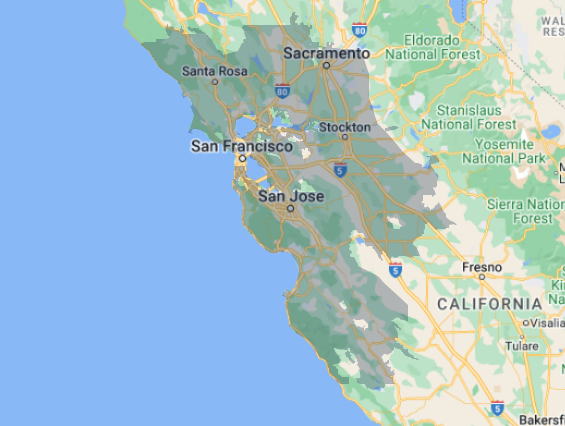
Our Locations
2333 Courage Dr. Suite C
Fairfield, CA 94533
1161 N Fair Oaks Ave
Sunnyvale, CA 94089
